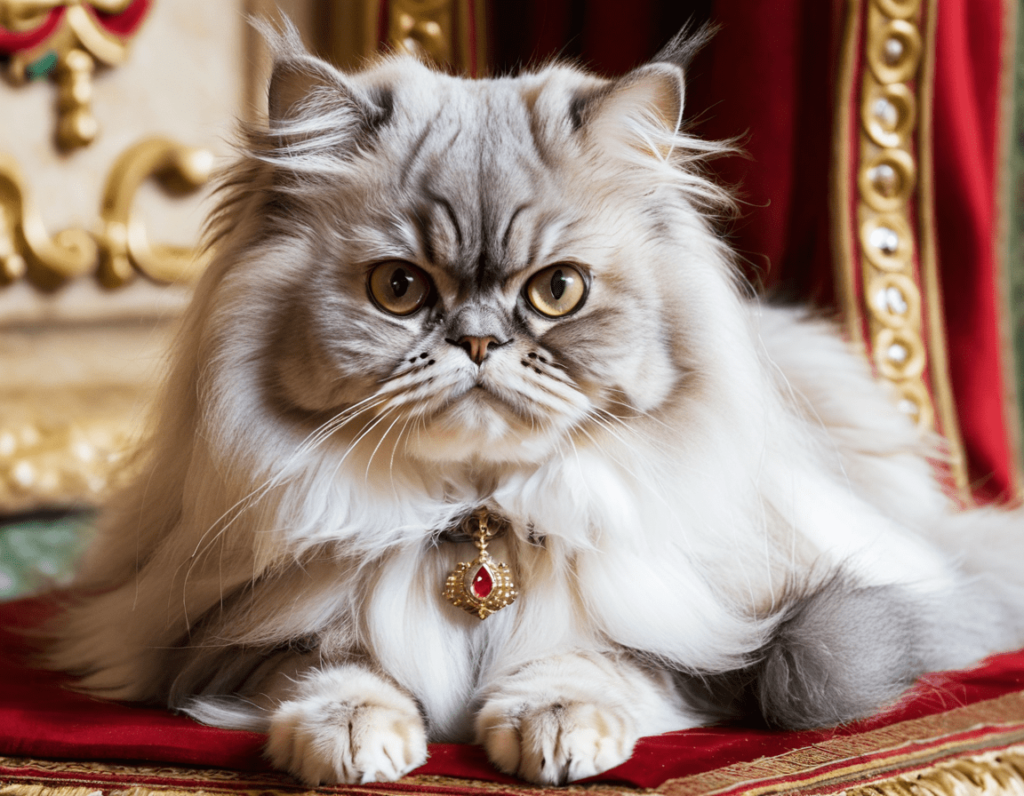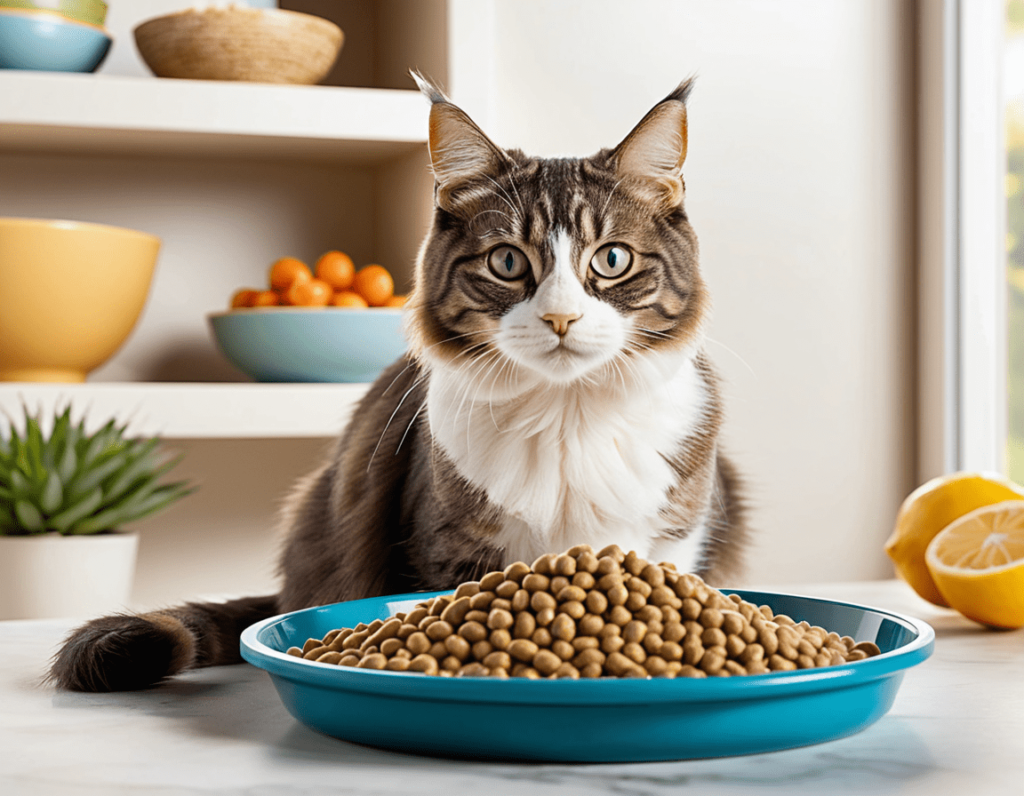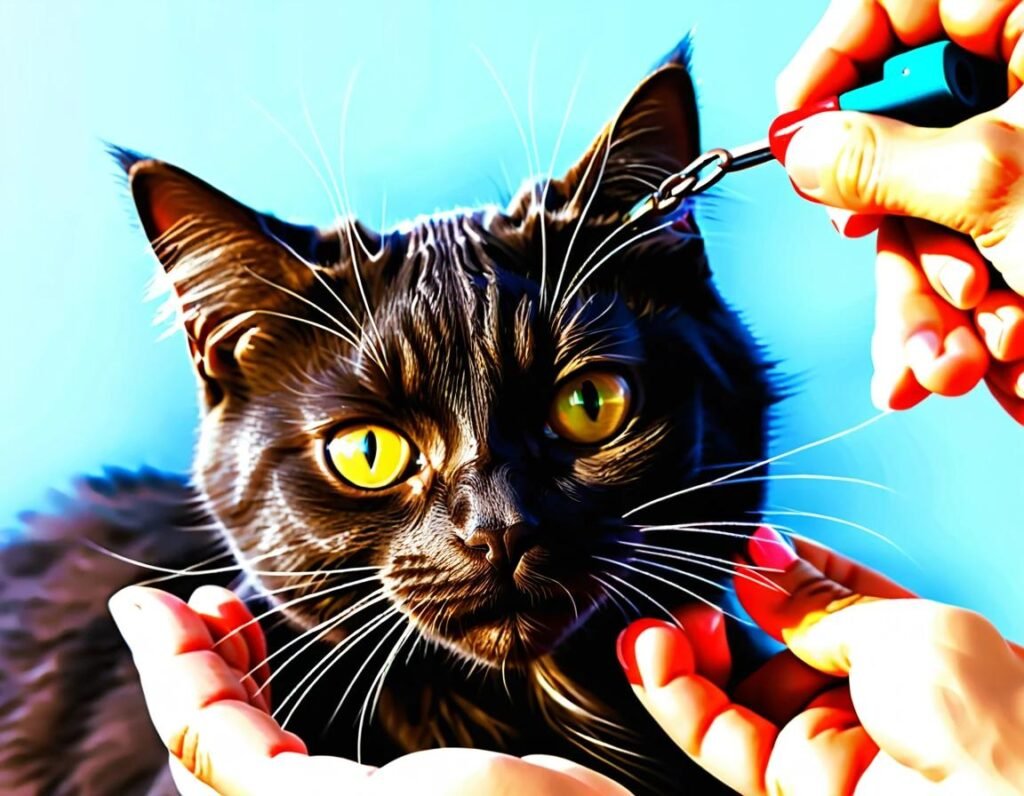
How to Pet a Cat: The Ultimate Guide to Winning Your Cat’s Heart (and Avoiding Scratches)
Petting a cat seems like it should be easy, right? Just reach out, stroke its fur, and voilà—instant bond! But if you’ve ever tried petting a cat, you know it’s more of an art form than a science. One wrong move, and your sweet kitten turns into a scratching machine. Don’t worry, though! With a few simple tips and tricks, you’ll be a pro at petting your cat and maybe even earning a purr or two.
The Basics of Petting a Cat: Where to Start
First things first—approach your cat the right way. Imagine if someone suddenly reached out to touch your face without warning. You’d probably jump back, right? Cats feel the same way. So, always approach your cat calmly, and avoid startling them. Let them sniff your hand first (they’re just being polite).
Pro Tip: Cats love a slow approach. Think of it like a cat version of a handshake, but with less formalities.
1. Start with the Head, Not the Belly
The best place to pet most cats is around the head and neck area. Cats love having their ears scratched and their chin rubbed. They have scent glands around their face, so when you pet these areas, you’re not just being affectionate—you’re speaking their language.
Funny Fact: Ever notice how some cats love a good chin rub? That’s because it’s basically the feline equivalent of a spa day. They feel pampered, and you get to feel like a cat whisperer.
Avoid going straight for the belly, though. While some cats are belly rub fans (the brave souls), many prefer to keep that area safe from human hands. If your cat rolls over and shows you their tummy, it doesn’t always mean they want a belly rub. It could just mean they trust you enough to show their vulnerable side.
2. The Right Petting Technique: Slow and Steady Wins the Race
Now that you’ve found a safe spot (head and neck are your best bets), it’s time to pet with purpose. Don’t rush it. Cats like a gentle, slow stroke, not a fast or forceful pat. Imagine you’re gently petting a delicate, furry cloud (except the cloud might hiss if you do it wrong). Pet in the direction of their fur growth, and try to avoid touching the tail too much unless you know your cat is into it.
Pro Tip: If your cat leans into your hand or starts purring, you’re doing it right. If they pull away, it might be time to pause and give them some space.
3. Know When to Stop: Recognizing Cat Signals
Every cat is different, so learning when to stop petting is key. Some cats will give you a little signal when they’ve had enough. This might look like a swish of the tail, a quick flick of the ears, or even a soft paw batting at your hand. And, of course, if your cat suddenly turns around and gives you the stink eye, it’s time to stop before things get ugly.
Fun Fact: When a cat turns its back on you after petting, they’re not being rude—they’re just saying, “I’m done with this interaction… but I still like you.”
4. Let Your Cat Come to You
It’s tempting to just scoop up your cat and cuddle them, but remember—cats like to be in control. If your cat is in the mood for affection, they’ll come to you. They may rub against your legs, nudge your hand, or even jump onto your lap (a sure sign they’re ready for some TLC). If your cat isn’t interested, don’t force it. Let them be the one to initiate the petting session.
Fun Fact: Cats are like the cool kids at school. They’ll let you know when they’re ready to hang out, and it’s best to let them be the ones to invite you into their inner circle.
5. The Importance of Playtime Before Petting
Sometimes a little playtime can be the perfect way to prep your cat for petting. Cats love to hunt, and interactive toys can help them burn off some energy before you go in for the snuggles. After they’ve chased a toy around or had a few rounds of “laser pointer tag,” they’ll be much more likely to settle down and enjoy a petting session.
Tip: A tired cat is a happy cat… at least, when it comes to petting. Plus, playtime keeps your cat active and healthy!
6. Avoid Petting Over-Stimulated Cats
You know the feeling—everything is going great, and then suddenly your cat swats at you with a quick claw. This happens when your cat gets overstimulated. They might be enjoying the attention at first, but too much petting can cause them to get cranky. Watch for tell-tale signs: twitching tail, stiffened body, or a sudden withdrawal of their head.
Pro Tip: If your cat’s tail is swishing like it’s practicing for a tail-spin championship, stop petting before things go south!
7. Use the Right Environment
Not every place in your home is suitable for petting. Cats love a comfortable and quiet environment where they feel safe. If you’re trying to pet your cat in a noisy room full of distractions, don’t be surprised if your cat’s not into it. Try a quiet corner, your lap (if they’ve claimed it), or even the cozy spot by the window they love to nap in.
Fun Fact: Cats have selective hearing. They might ignore you when you call their name but will definitely come running when they hear the sound of their food being opened. The same goes for petting—pick the right moment!
8. Scratching That Sweet Spot
If your cat is all about the chin rubs, don’t just settle for a quick stroke—give that spot a good scratch. It’s like finding the jackpot in the cat version of a massage parlor. Don’t be afraid to add a little extra pressure and see if your cat leans into it.
Fun Fact: Cats have scent glands in their face, so when you scratch or rub their chin or cheeks, you’re helping them mark their territory—meaning, you’re part of the family now. Congrats!
9. Don’t Forget the Tail: If They Like It, It’s a Special Treat
Some cats love having their tail gently stroked, while others will not stand for it. If your cat enjoys it, you’ll likely see them arch their back or stretch out in pleasure. However, always move slowly and gently around the tail area, as it’s quite sensitive. If your cat doesn’t like it, no big deal—move on to a less controversial area like their ears.
Fun Tip: If your cat allows tail petting, consider it a rare honor, like being granted access to an exclusive VIP lounge.
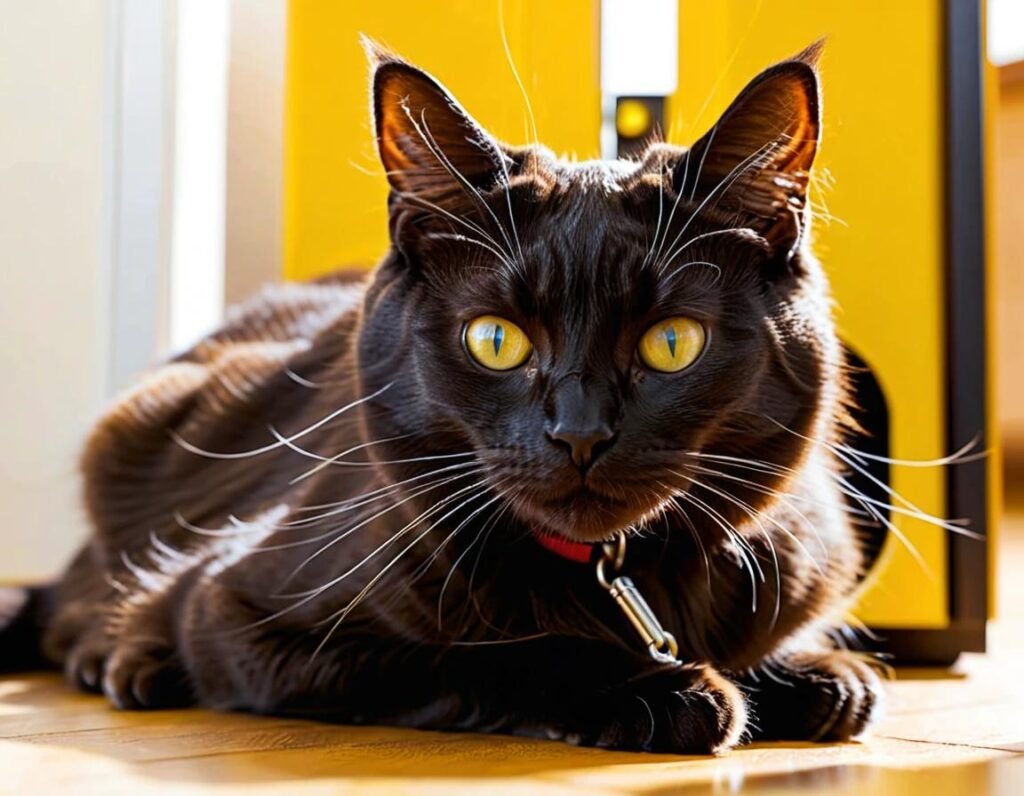
When Your Cat’s Not in the Mood: Handling Rejection
Let’s face it—sometimes cats aren’t in the mood to be petted. They might be sleepy, cranky, or just need some personal space (we’ve all been there). If your cat is backing away from you or showing signs of annoyance (like flattening their ears or twitching their tail), it’s time to give them some room.
Final Thoughts: Petting a Cat Is an Art, Not a Science
Mastering the art of cat petting takes time and patience, but the rewards are totally worth it. Whether you’re being showered with purrs or just a contented blink, the bond you share with your feline friend is priceless. And if you mess up once in a while? Well, that’s just part of the fun of being a cat parent!
Related Keywords: How to pet a cat, cat petting tips, best way to pet a cat, cat behavior, cat affection signs, cat head rubs, signs your cat wants petting, understanding cat body language, petting your cat without getting scratched, why does my cat like belly rubs, how to make your cat love you.
Wrapping It Up: Petting = Love
Remember, petting your cat is all about building trust and making them feel comfortable. Pay attention to their cues, pet gently, and respect their boundaries. Every cat is different, so don’t be discouraged if you don’t get it perfect every time—after all, you’re trying to figure out a highly sophisticated little creature with their own set of rules.
If your cat is a pro at showing affection, you’re in for a treat, because once they trust you, they might not let you stop petting them! On the other hand, if your cat prefers to keep some distance, that’s okay too. You can still win their heart with patience, respect, and the occasional chin scratch.
Happy petting! 🐾
Here are some frequently asked questions about how to pet a cat, with answers to make sure you’re a cat-petting pro in no time:
1. How do I know where to pet my cat?
Answer: Cats are particular about where they like to be petted. Most cats enjoy having their head, ears, and neck stroked. These areas are safe bets for starting the petting session. Be cautious around their belly and tail unless you know they enjoy that. If they start purring or leaning into your touch, you’re doing it right!
2. What should I do if my cat doesn’t want to be petted?
Answer: If your cat turns away, flattens its ears, or shows any signs of annoyance (like swatting), it’s best to stop. Some cats are more independent and just need space. Always let your cat come to you if they’re in the mood for affection.
3. How do I pet a cat without getting scratched?
Answer: The key is to avoid overstimulating your cat. Start by gently petting them in areas like their head or neck. Watch for signs that they’ve had enough, like twitching tails or sudden movements. If you notice these signs, stop petting immediately to avoid a scratch.
4. What are signs that my cat is enjoying the petting?
Answer: If your cat leans into your hand, purrs, or closes their eyes in contentment, you’re on the right track. Some cats even start kneading with their paws, which is a surefire sign that they’re loving the attention.
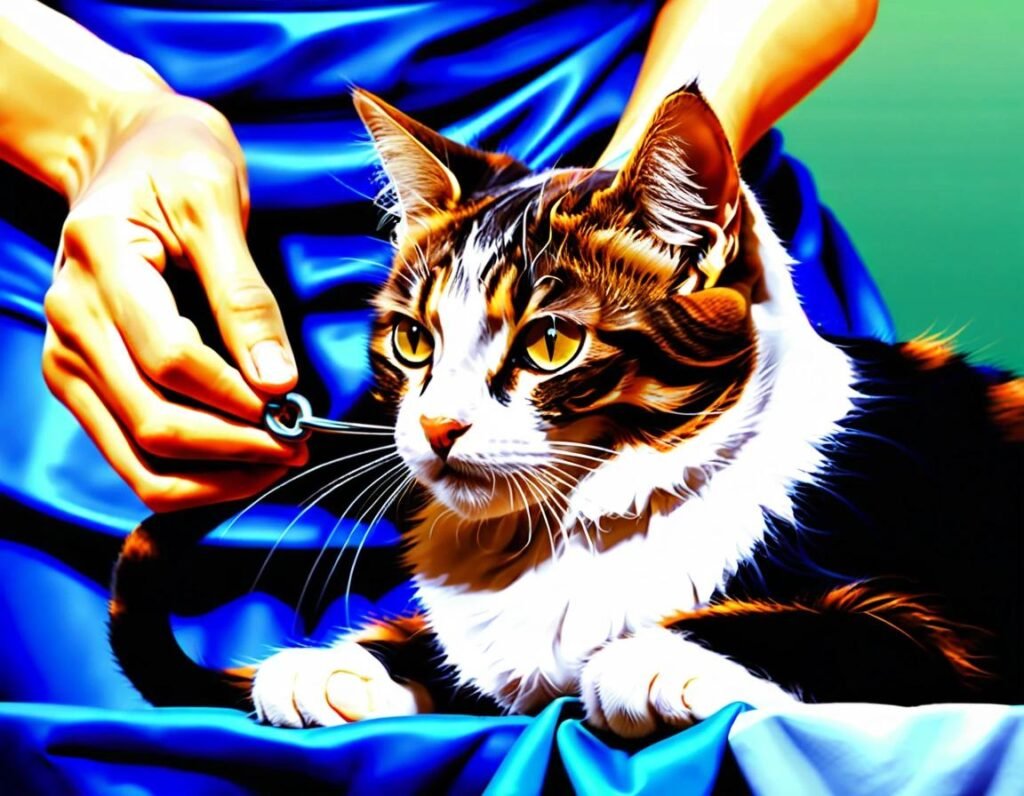
5. Can I pet my cat too much?
Answer: Yes, you can! Some cats are sensitive to prolonged petting, and they’ll let you know by pulling away or swatting. Always pay attention to their body language. Short petting sessions with breaks in between are often more appreciated than a long, continuous rubdown.
6. How can I pet a shy or anxious cat?
Answer: For a cat that’s a little more on the shy or anxious side, let them come to you at their own pace. Start with a calm, non-intrusive approach and offer your hand for sniffing. Once they’re comfortable, you can start petting gently on the head or behind the ears. Never rush them—patience is key!
7. Why does my cat let me pet them sometimes but not other times?
Answer: Cats can be quite moody, and their desire for petting depends on their mood, energy levels, and even whether they’re feeling territorial or stressed. If they’re feeling playful, they might want more affection, while if they’re tired or in “independent mode,” they might not be in the mood.
8. What’s the best time to pet a cat?
Answer: The best time to pet a cat is when they’re calm, like after a nap or when they’re relaxed. Cats are often more open to affection after they’ve had a little playtime or when they’re lounging in their favorite spot. Avoid petting them when they’re hyperactive or right after they’ve eaten—they might want some alone time to digest!
9. How do I pet my cat without them biting me?
Answer: To avoid bites, always pay attention to your cat’s body language. If they start twitching their tail, narrowing their eyes, or giving you a little nip, they might be signaling that they’ve had enough. If your cat bites, it’s a good idea to stop and give them some space.
10. Why does my cat roll over and then swat at me?
Answer: It’s a classic cat behavior. When a cat rolls onto its back, it might seem like an invitation for belly rubs, but it can also be a defensive position. They may roll over to play or to trick you into getting too close. If you try to rub their belly and they swat at you, don’t take it personally—it’s just their way of saying, “Not yet!”
By following these guidelines, you’ll become a cat petting pro in no time! Just remember, the more you learn about your cat’s individual preferences, the more enjoyable your petting sessions will be. Happy petting! 🐾

